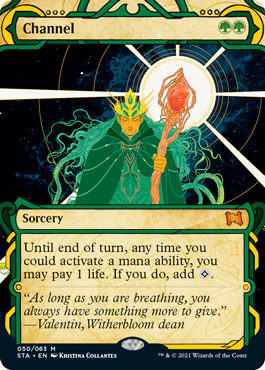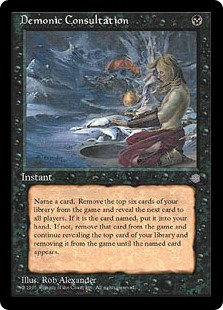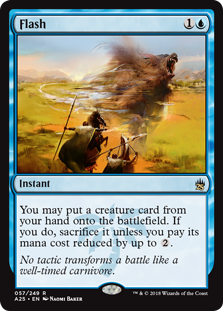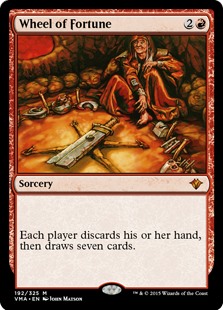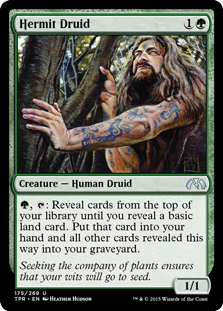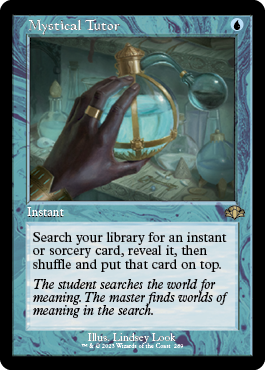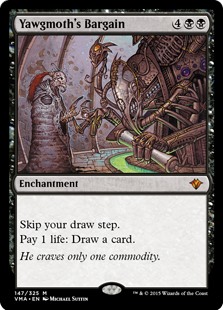Vintage Masters is right around the corner. There have been years of pent-up demand for Power online, and the wait has been excruciatingly long for many people. While there are those of us who have been getting by with the holdover format Classic, others have been patiently waiting on the sidelines, or perhaps playing Legacy. This article is for those in the latter category.
In this 3-part series, I will examine how players can prepare for the upcoming release of Power 9. This first part will explore how players that have most of the cards already can get a head start while also putting those cards to good use for the next ~2 months. I will explore the common decks in Legacy and discuss their Classic counterparts, if any, while discussing the cards that players would need to acquire in order to convert a Legacy deck to a Classic deck. For the time being, I’m not going to speculate on what is and what is not going to be in Vintage Masters since that’s not relevant to playing Classic over the next ~2 months.
Why am I writing about the Legacy-to-Classic conversion? There are several reasons, mostly that Legacy players likely already have the bulk of the important Classic cards (especially the expensive ones such as Wasteland, Force of Will, and the dual/fetch lands). Another reason is a little more selfish, but honest in nature: Classic has failed to fire 3 of the last 4 DEs, and we have missed by just a couple of players… players for whom just a couple of Legacy converts could make a meaningful difference. Finally, my upcoming Classic Invitational is some serious EV for those who might be interested. The second and final Qualifier Tournament (QT) starts this coming Monday, April 7th, and players can qualify for the invitational by finishing in the Top 8 of the tournament (you can also qualify by going 4-0 in any Classic DE between now and May 31). Details regarding the QT can be found here, while details for the Invitational can be found here.
Differences Between Classic and Legacy
The first thing we should explore is the current Classic Restricted list and the Classic–playable cards that are banned in Legacy. The list holds the basis for the main differences between Legacy and Classic.
Classic Restricted List:
Balance
Channel
Demonic Consultation
Demonic Tutor
Fastbond
Flash
Imperial Seal
Lodestone Golem
Mana Crypt
Mana Vault
Necropotence
Sol Ring
Sphere of Resistance
Strip Mine
Time Vault
Tinker
Tolarian Academy
Trinisphere
Vampiric Tutor
Wheel of Fortune
Yawgmoth’s Will
Classic-playable Legacy banned list:
Bazaar of Baghdad
Gush
Hermit Druid
Library of Alexandria
Mana Drain
Memory Jar
Mental Misstep
Mishra’s Workshop
Mystical Tutor
Oath of Druids
Skullclamp
Yawgmoth’s Bargain
All of these cards push Classic away from Legacy by offering acceleration, superior tutoring, difficult-to-beat combinations, or incredible card draw. You could theoretically go out and buy all of these cards and start building just about any Classic deck that you would want, but there are a couple things to consider.
First, in terms of playing Classic, you probably will want to focus on 1 or 2 decks since there are only a couple months left before Vintage Masters is released, and you’ll want to focus on practicing with a limited number of decks. I go into some detail about choosing which deck to play.
Second, the Vintage Restricted list has a few cards that are currently unrestricted in Classic, notably Library of Alexandria, Yawgmoth’s Bargain, Memory Jar, and Mystical Tutor. Unless you plan on playing multiples of those cards for 2 months in Classic, there is no reason to run out and buy more than one of those cards.
In looking at these lists, there are a few cards that jump out as some of the most commonly found cards in Classic decks. Strip Mine is an essential card in any deck with Wasteland in it. There are even some decks, like Oath, which might have just a single land destruction card, and Strip Mine is the best in the business, though you can certainly get by with only Wasteland. Because Strip Mine was printed in From The Vaults and it is restricted, it is fairly cheap on MTGO, where you can grab one for between 5 and 6 tickets.
Legacy players might have nightmares about seeing Mental Misstep as a Classic-legal card, but it is fairly common among Classic decklists. The biggest differentiator between how oppressive Misstep was in Legacy and its impact in Classic is the loss of many decks that Misstep preyed upon before it was banned in Legacy. Reanimator is largely unplayable in Classic due to the amount of graveyard hate in the format, given the presence of Dredge. Zoo decks haven’t returned to Legacy since Misstep’s banning and they are non-existent in Classic, too. Perhaps more importantly, however, are the prevalence of decks that simply don’t care about Misstep, such as Workshop, and to a lesser extent, Dredge. There are also many cards that Misstep can counter in Classic that are almost game-breaking if not countered such as Skullclamp and Fastbond. Misstep is a powerful card in Classic, but it’s not the format-warping card that it was in Legacy. Right now is a great time to get Missteps since Scars of Mirrodin flashback drafts are ongoing. This is likely to be the cheapest the card will ever be, barring a reprint in some stand-alone product I can’t imagine right now (not a good candidate for Commander or Modern/Legacy event decks). Maybe there will be a Vintage Event Deck at some point in the future, but that’s a long way off.
Demonic Tutor and Vampiric Tutor are two of the most versatile cards ever printed and just about every Classic deck that can play black will want both of these cards. They are so powerful that sometimes it’s worth splashing black just for these 2 cards. Vampiric was just part of the Mirage flashback drafts and is the cheapest it has been in a long time, though it’s still an expensive card at more than 30 tickets. Demonic, on the other hand, has been printed a few times and the Dual Deck version can be found for about half the price of Vampiric.
Legacy Deck Conversions
There are many similarities in play styles between Classic and Legacy. Control, Combo, and Tempo decks are all prevalent in Classic. For anyone comfortable with a certain play style in Legacy, there is likely an applicable Classic deck that can be built with some upgrades to certain cards.
Let’s start with perhaps the easiest deck to migrate to Classic: Delver. Delver Tempo decks exist in Classic almost exclusively like they appear in Legacy. Here is a look at two recent BUG Delver decks in both Legacy and Classic:
Creatures (14) Other Spells (26) Lands (20) | Sideboard (15) |
| |
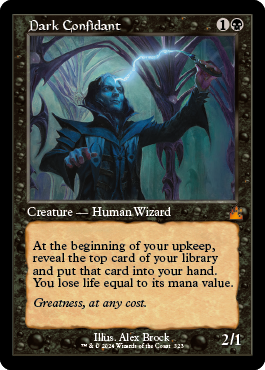
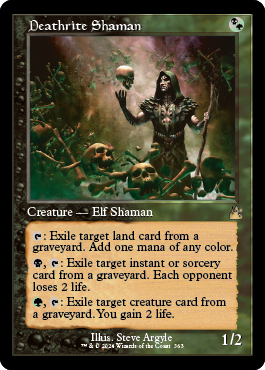
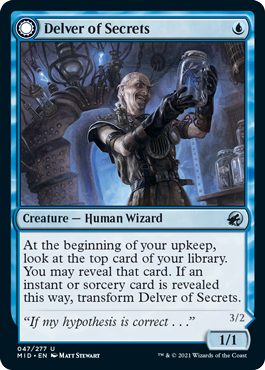

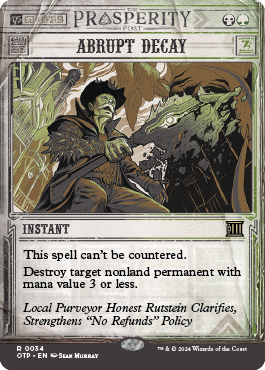
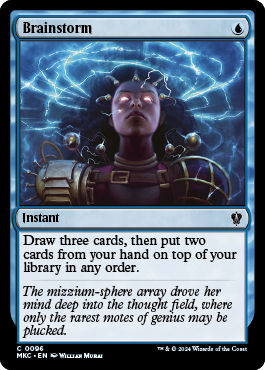
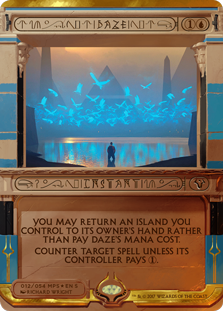
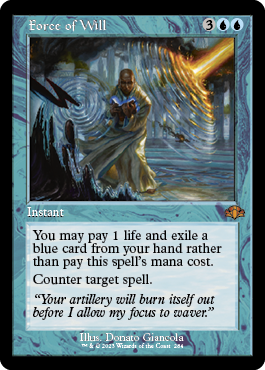

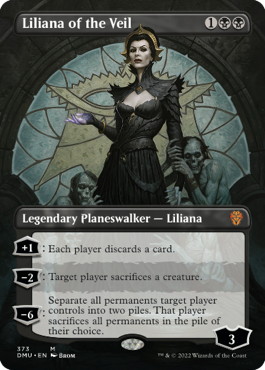

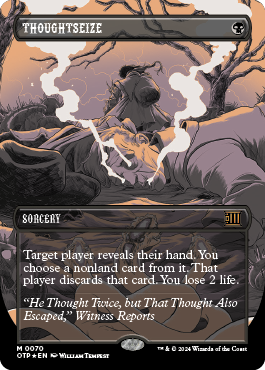
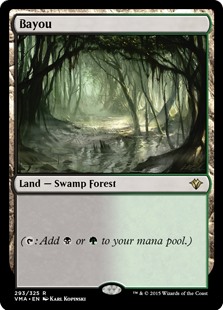
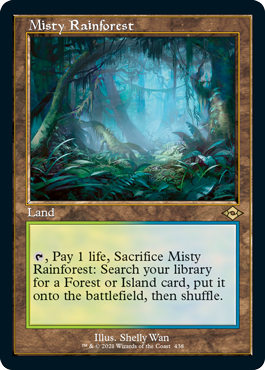
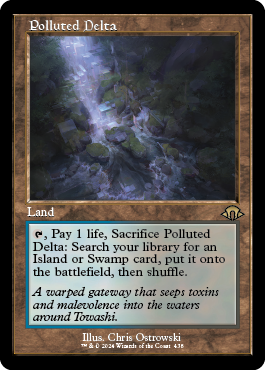
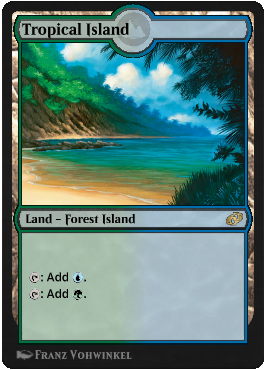
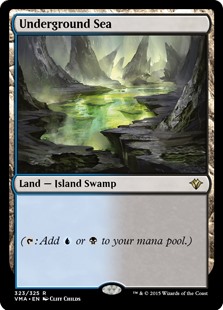
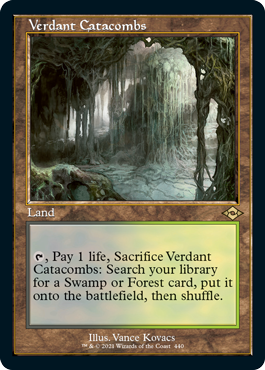
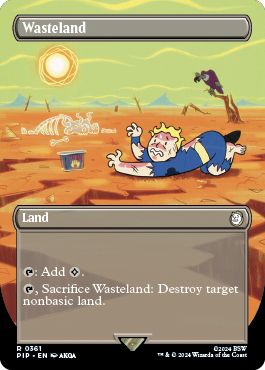
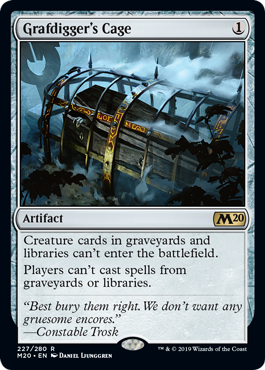
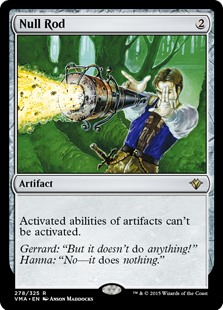
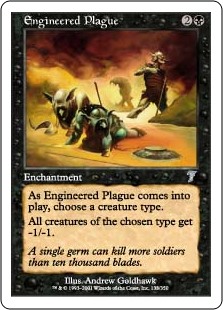

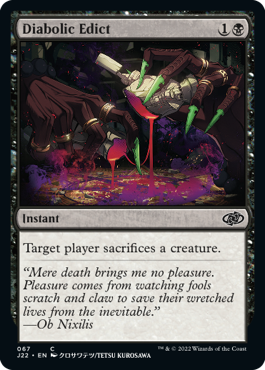
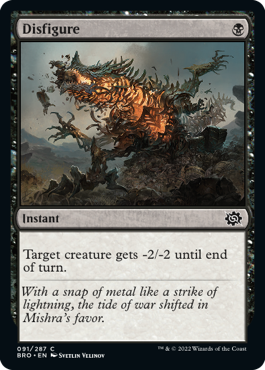


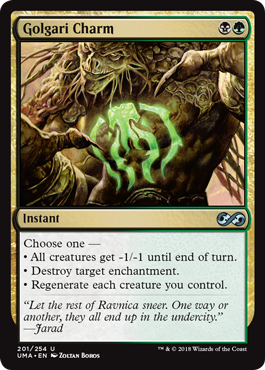
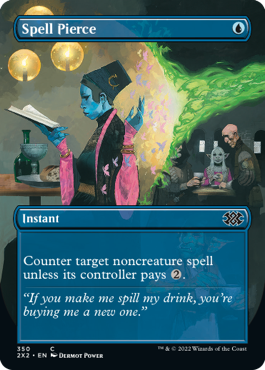
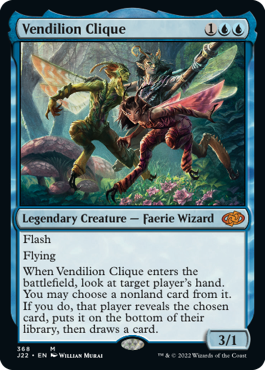
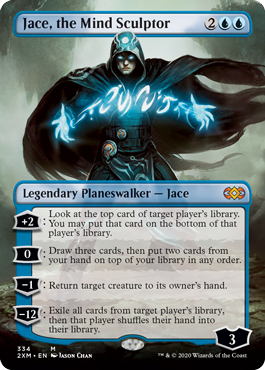

Creatures (16) Other Spells (23) Lands (21) | Sideboard (15) |
| |








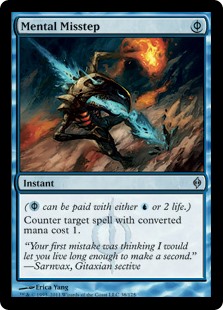
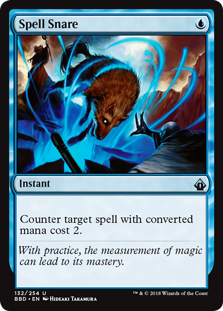

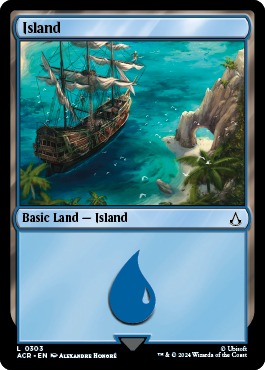







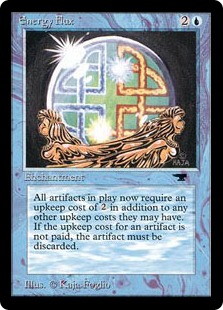
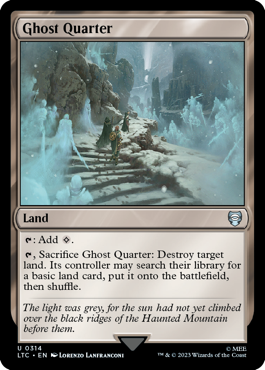

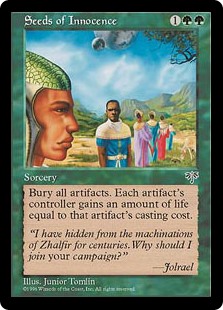
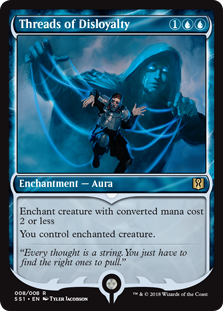
There are very few differences between the decks, and it wouldn’t surprise me if xkorpio’s basis for his deck was Javier’s GP-winning deck. That said, you can see there are really only a few cards that someone would need to acquire in order to play BUG Delver in Classic: Misstep, Strip Mine, and Spell Snare, along with some sideboard cards.
Various Stoneforge Mystic decks have been tearing up Legacy for a while, especially with the printing of True-Name Nemesis. Classic is no different, with my recent Back to Basics deck largely pulled from a Legacy deck. Beyond that, there are several ways to build a Classic Stoneblade deck, and here is a comparison as an example:
Creatures (13) Other Spells (25) Lands (22) | Sideboard (15) |
| |

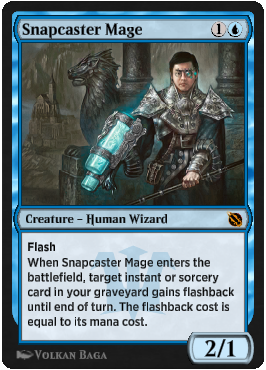

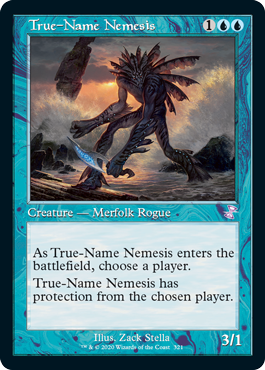

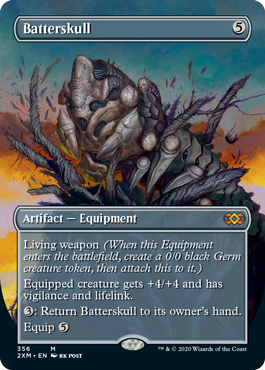
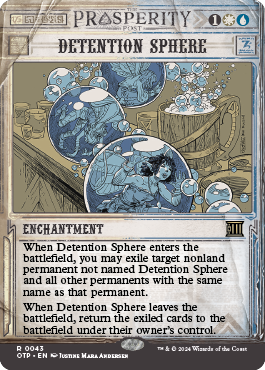

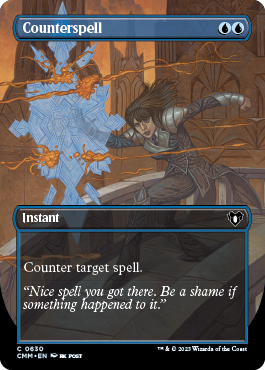





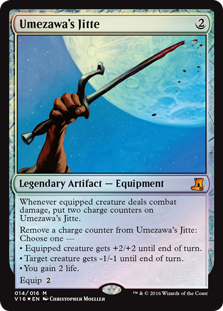


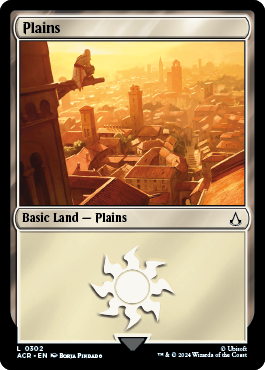
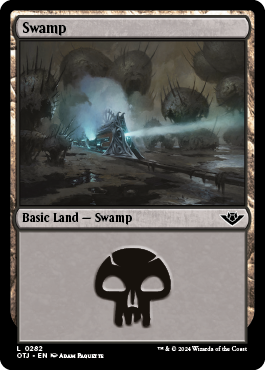

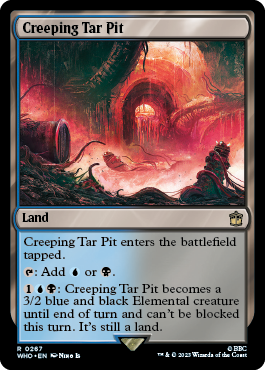
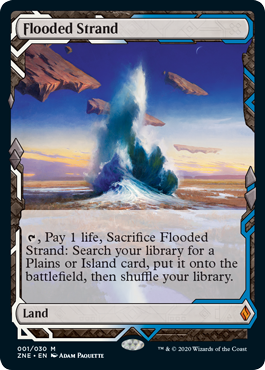
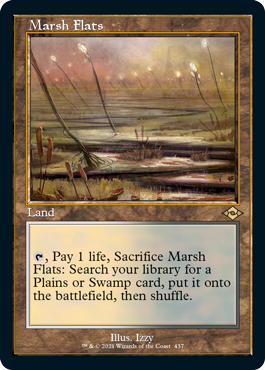


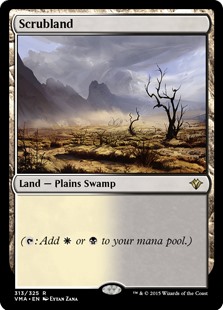

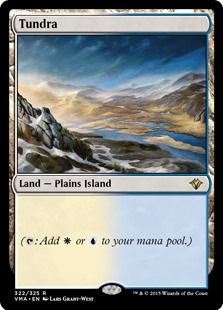


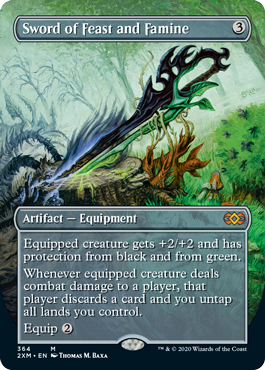


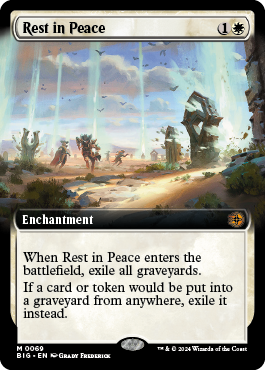

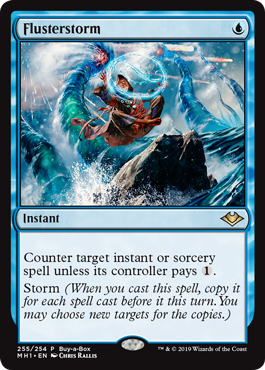




Creatures (10) Other Spells (32) | Lands (18) Sideboard (15) |
| |






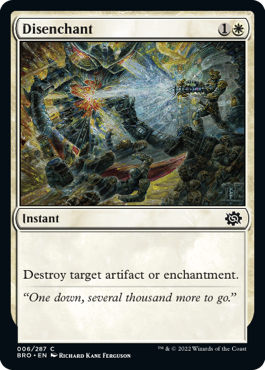




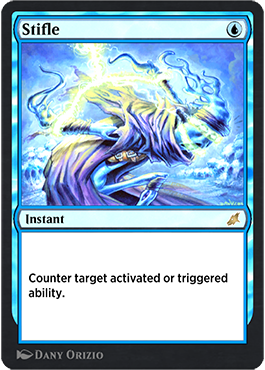




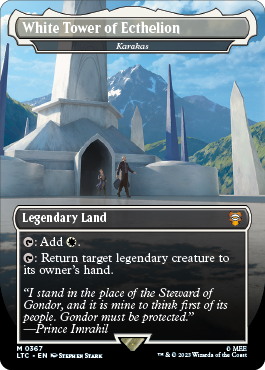






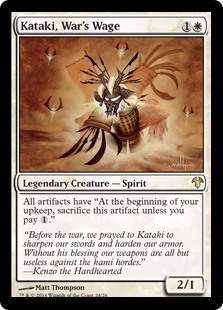

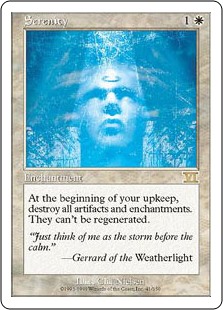
EpsilonMinus’s deck isn’t the only way to build a Stoneforge deck in Classic, but it is the most recent. If someone wants to port the Legacy Deathblade deck, there aren’t a lot of changes that one would have to make. Adding a Strip Mine and the 2 black tutors are easy switches, as is throwing in a couple of Missteps over a Counterspell and perhaps a Liliana and Thoughtseize, though your mileage may vary depending on what direction you want to push the deck (Control versus Tempo).
Maverick/Death and Taxes decks are very popular on MTGO in Legacy due to their relative cost. Anyone that has been cutting their teeth on that type of deck would be easily able to pick up a GWb Hate Bears deck in Classic.
Creatures (25) Other Spells (13) Lands (22) | Sideboard (15) |
| |

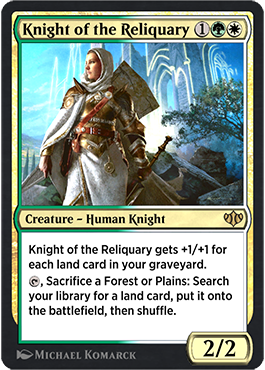

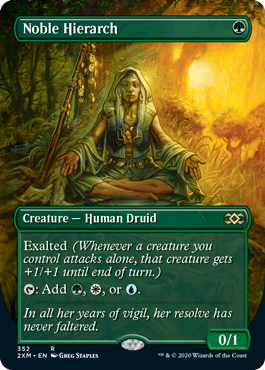
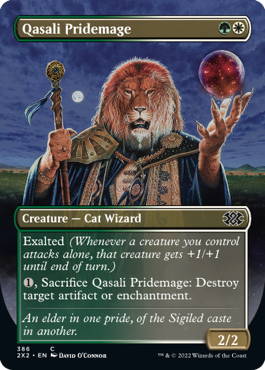
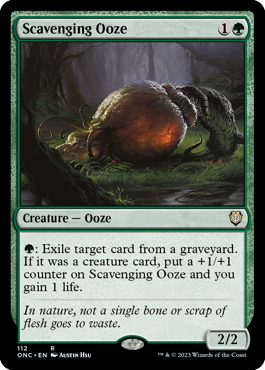
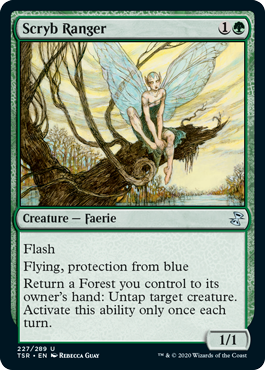

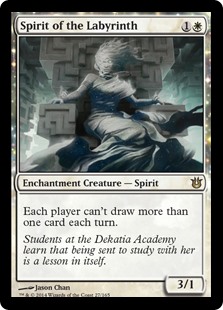
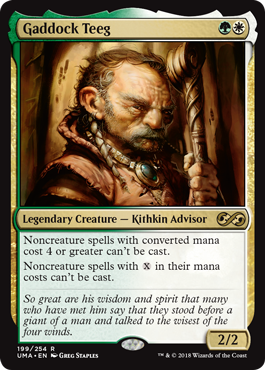
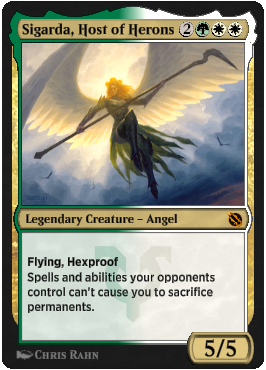
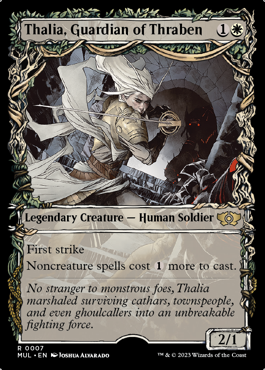
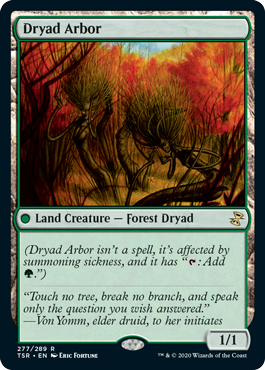

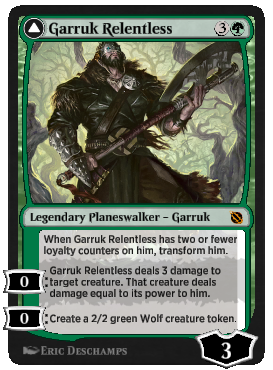
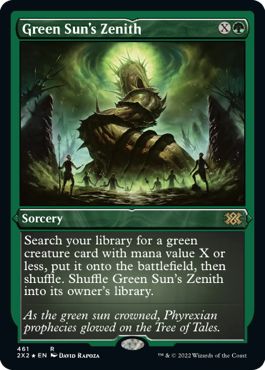

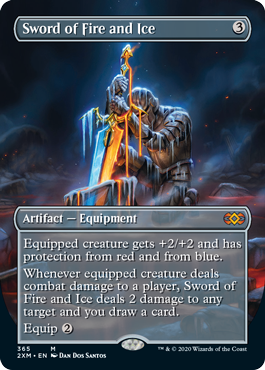


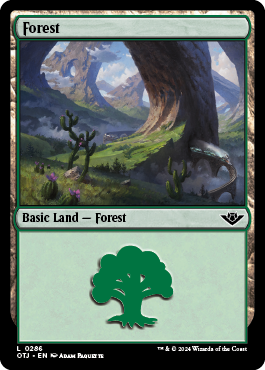


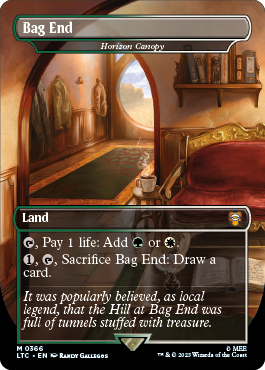
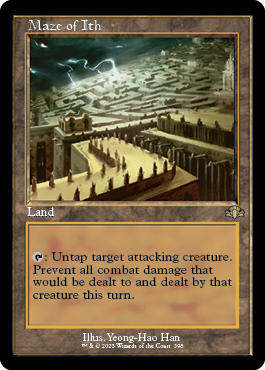

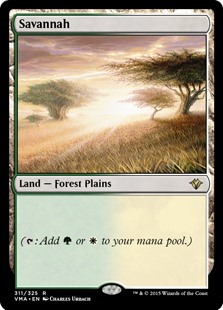



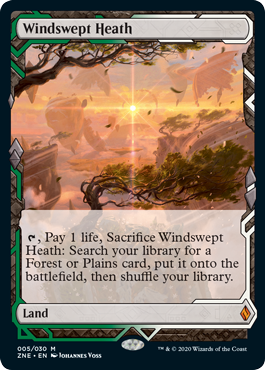
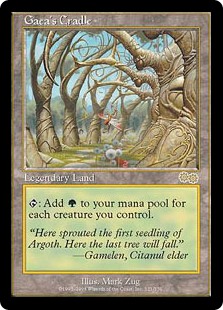

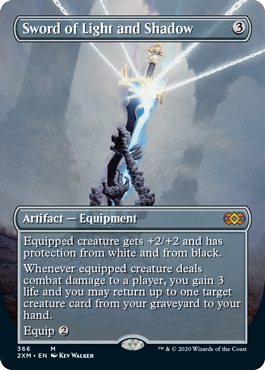
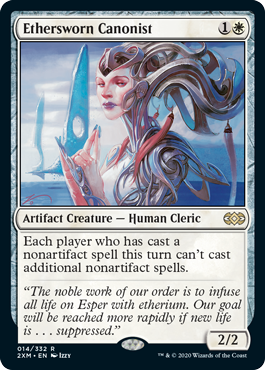



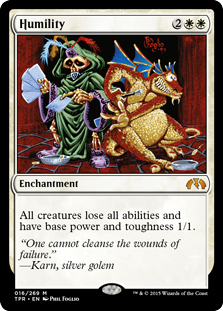
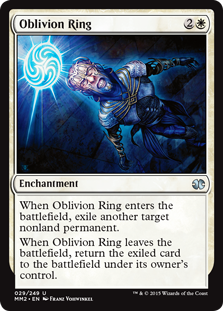

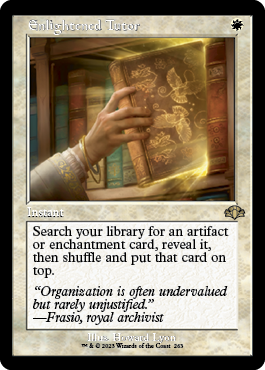
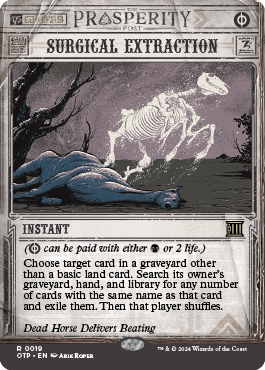
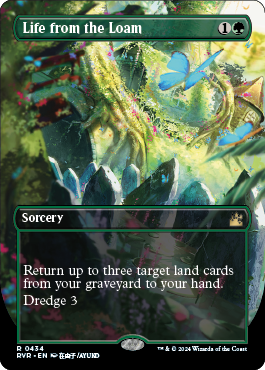

Creatures (25) Other Spells (13) | Lands (22) Sideboard (15) |
| |









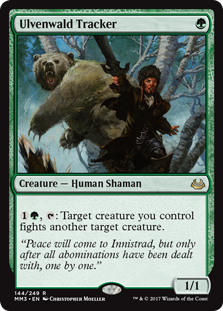




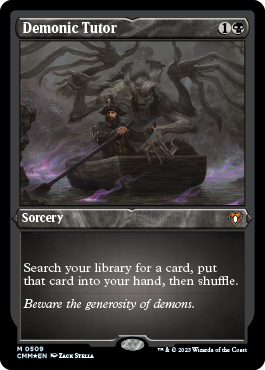









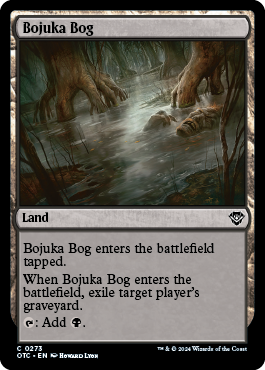







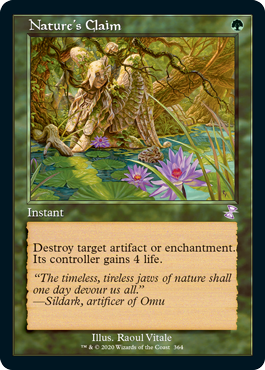
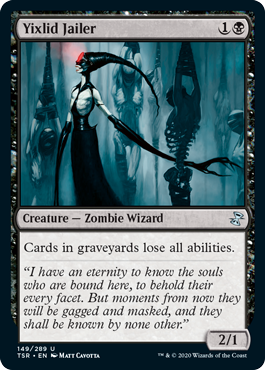


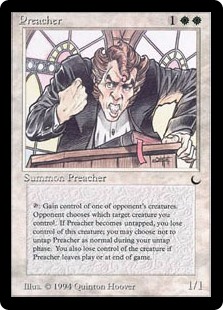
Romellos’s deck is a little dated as it was targeting a format dominated by Oath and Workshops (both Prison and Affinity), but the deck is still largely relevant even today. The two decks are fairly similar in how they play and their composition, with the Classic deck adding the black tutors and a few changes in the sideboard. Death and Taxes players could probably pick up the GWb Hate Bears deck and play fairly confidently, though many of the same additions from the Maverick list could be made to form a competitive Classic version of Death and Taxes.
TPS and ANT Combo players are probably rejoicing the recent distribution of Lion’s Eye Diamonds from last the MOCS season. Storm hasn’t been relevant in Classic without the Power 9, and also due to the amount of Sphere-effects which were running around the format. Now that the field is less hostile, I can see Storm making a comeback in Classic. The biggest reason no one has tried to play it in Classic recently is because many players sold their LEDs in anticipation of the price drop from the promo. Also, many of the Classic Storm players dropped out of the format over the years when Workshop was dominating. Here is an example of an ANT Storm deck, and what I would envision to be a Classic-playable Storm deck, LED Bob Tendrils:
Spells (45) Lands (15) | Sideboard (15) |
| |


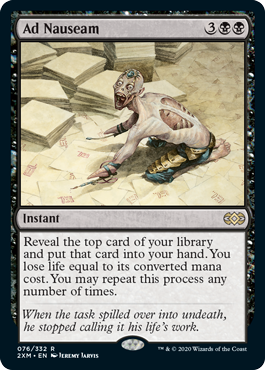

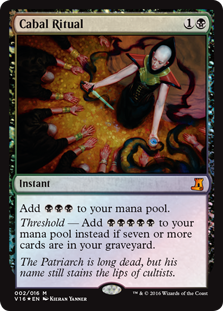
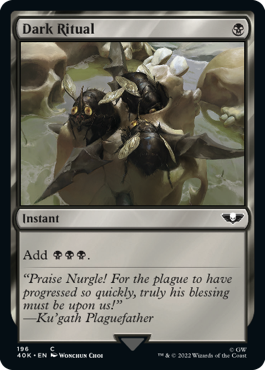

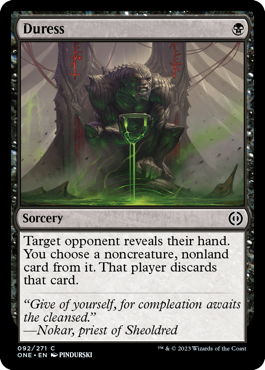
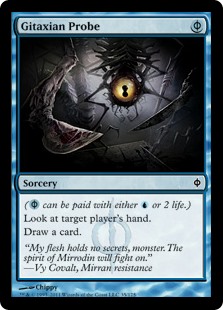



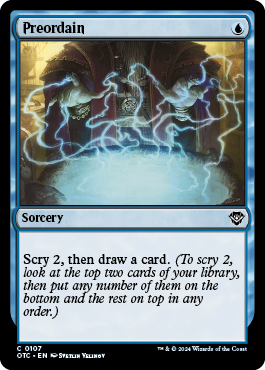
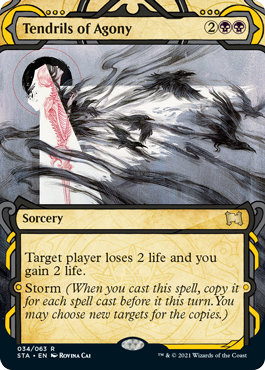



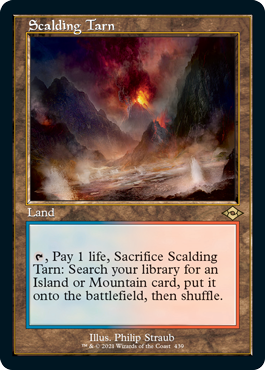


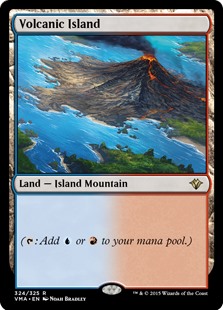
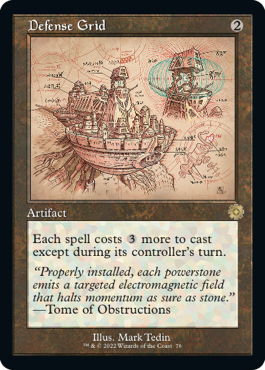


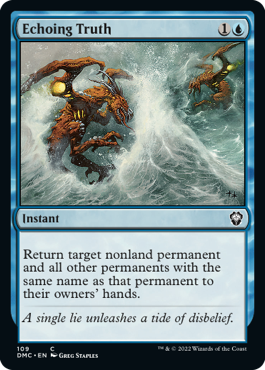
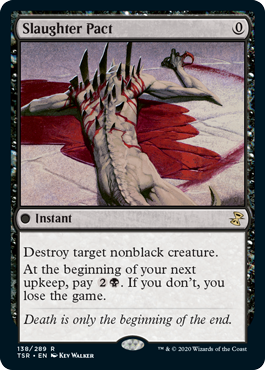




Creatures (5) Other Spells (40) | Lands (15) Sideboard (15) |
| |
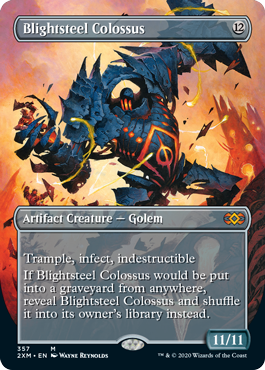





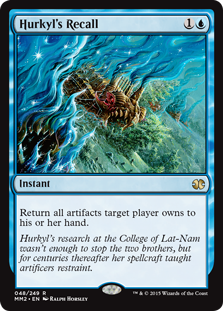




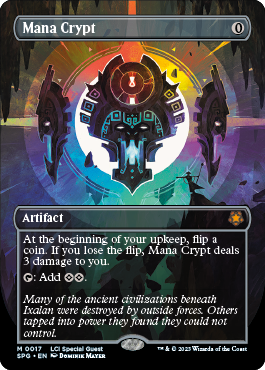

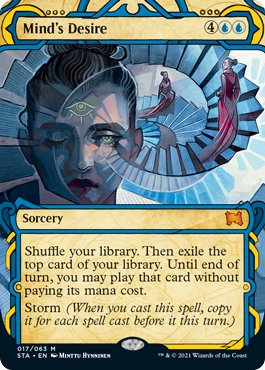
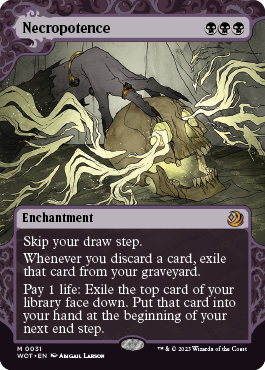
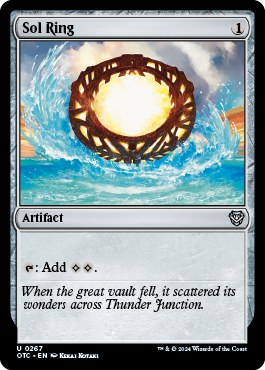



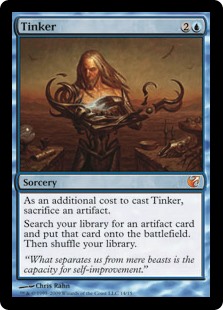

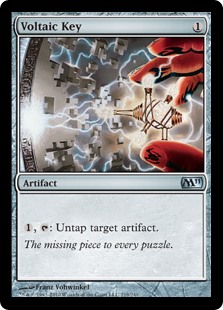
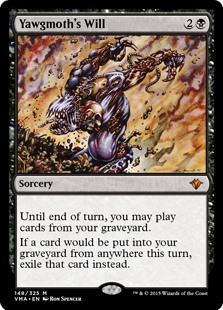
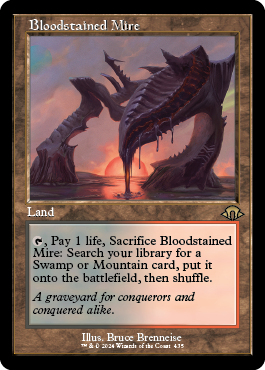










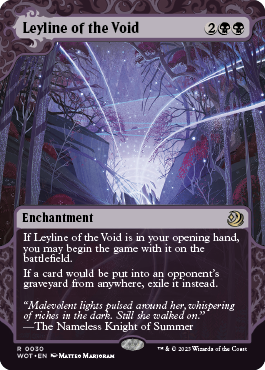

You’ll notice quite a few changes between the decks, though the core is the same. Upgrading to Classic would require acquiring the following cards: Tolarian Academy, Yawgmoth’s Will, Mind’s Desire, Tinker, Time Vault, Sol Ring, Necropotence, Mana Vault, Mana Crypt, and the 3 black tutors. This is perhaps one of the more extensive upgrades, but it includes nearly every single broken Vintage restricted card that a Storm player will eventually need to acquire anyway. The necessary upgrades would cost between 122 and 125 tickets. Realistically, this deck is the Power 9 short of a full Vintage deck.
Show and Tell decks have been omnipresent in Legacy for a couple years now. Show and Tell hasn’t had similar success in Classic, mostly due to the speed with which the format operates, and the stifling effect that Sphere’s had on casting 3-mana non-artifact, non-creature spells. If someone wants to cheat big dumb creatures into play in Classic, there is a much better option than Show and Tell: Oath of Druids. The decks aim to accomplish largely the same thing: play a controlling match until they can cheat something into play. Because you have to untap with Oath in order to cheat something into play, it is a little more controlling than the more combo-oriented Legacy Show and Tell decks, but I believe that these decks are similar enough for players to jump into the other and feel comfortable. Oath decks have the advantage of not requiring 8 creatures in order to get value out of the Show and Tells/Sneak Attacks. Here are some recent examples of each deck:
Creatures (8) Other Spells (33) Lands (19) | Sideboard (15) |
| |

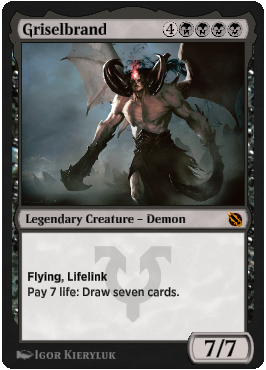

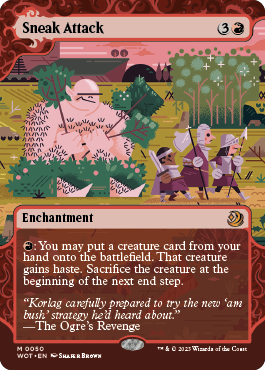


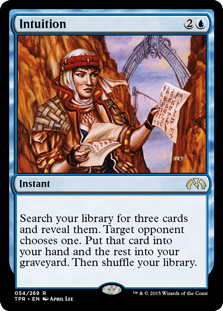




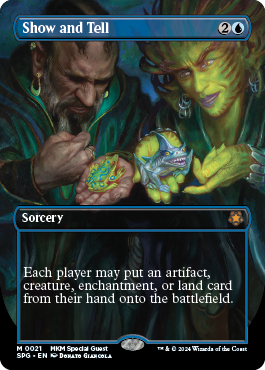

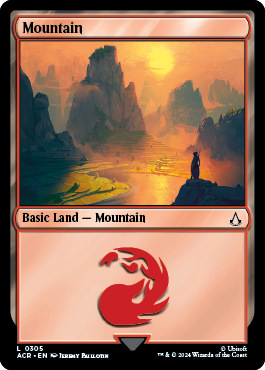
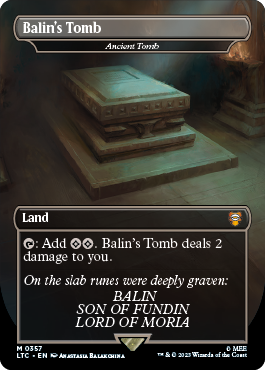





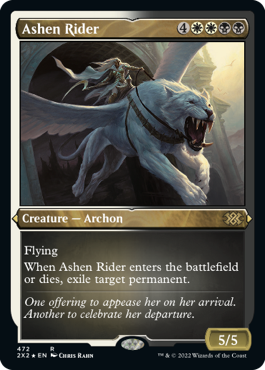
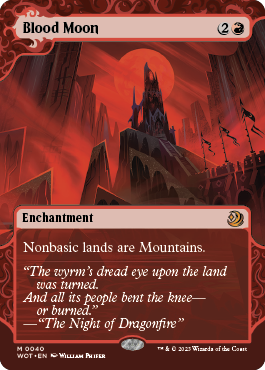

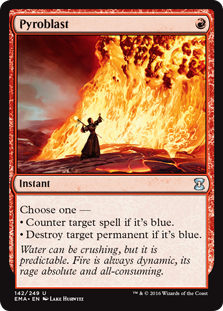
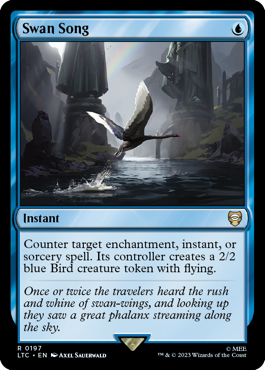
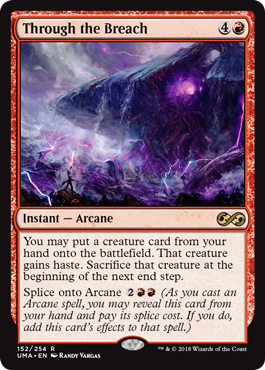
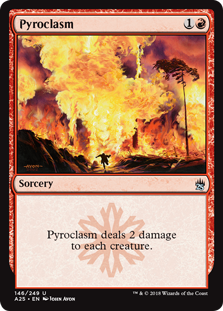
Creatures (2) Other Spells (38) | Lands (20) Sideboard (15) |
| |





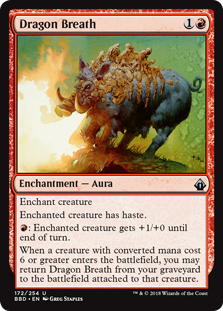


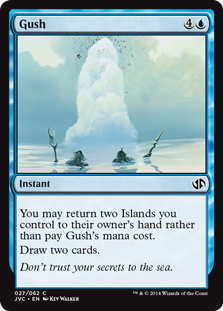




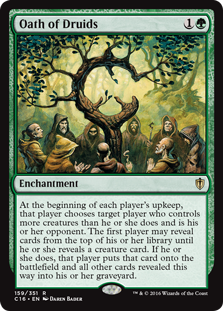








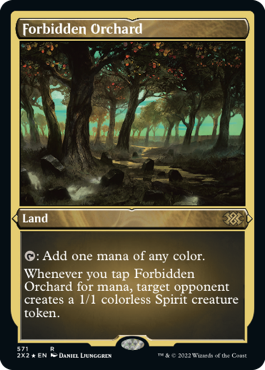

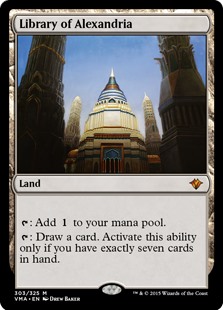





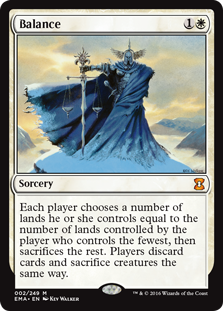
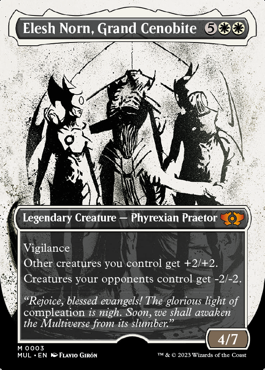








These two decks are fairly different in composition, but how they play are where the similarities lay. For anyone looking to play this deck, you have to think about the deck as a Combo-Control deck with a one card Combo: Oath. There are a lot of subtleties to playing the deck, which I won’t go over today. Perhaps another day. Oath, as a result of the recent flashback drafts, has dropped to about 7-8 tickets each. Another important card is Library, which is here as a 3-of. As I alluded to earlier, it’s not necessary to buy more than one Library in anticipation of Vintage, but Oath is better when Library is drawn particularly in multiples. Having said that, you can get away with just a single Library, as I have for the last few months. Libraries are currently going for 13-14 tickets each.
Two of the most control-oriented decks in Legacy are Standstill and Counterbalance Miracles. Standstill has been a player in Classic recently and is largely similar to the Legacy version. Miracles decks are probably a little more difficult to pull off in Classic due to the diversity of threats across mana costs, but if someone wants to build a pure control deck in classic, Standstill is a great option.
Creatures (5) Other Spells (32) Lands (23) | Sideboard (15) |
| |


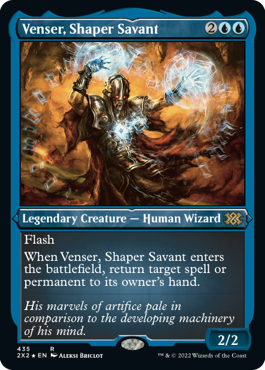
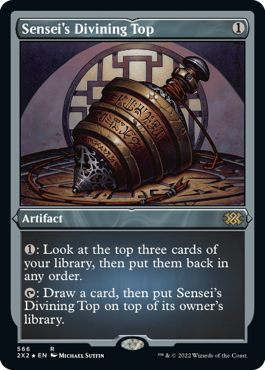
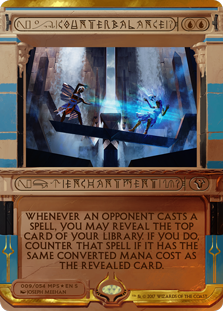





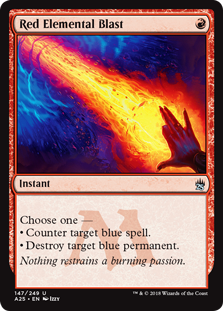



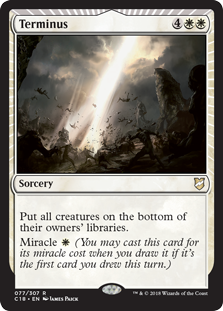










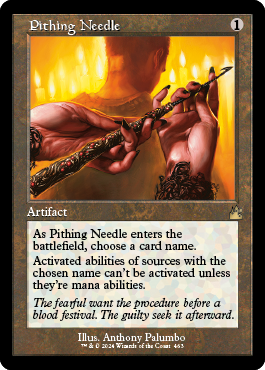
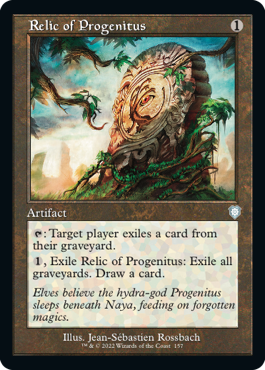






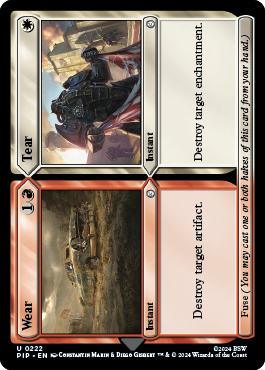



Spells (33) Lands (27) | Sideboard (15) |
| |
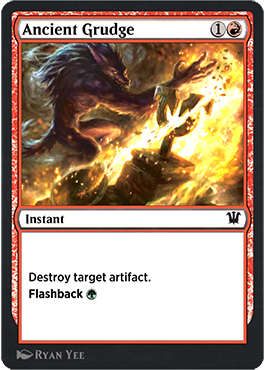

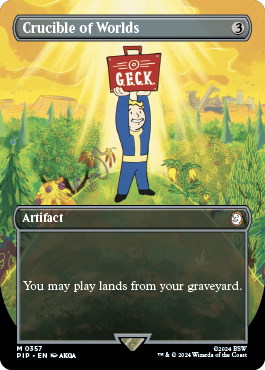





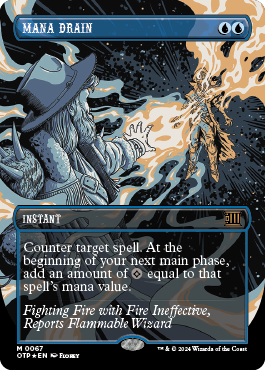




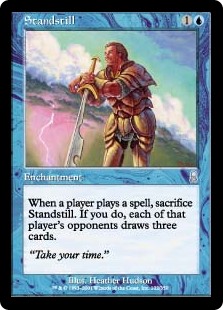
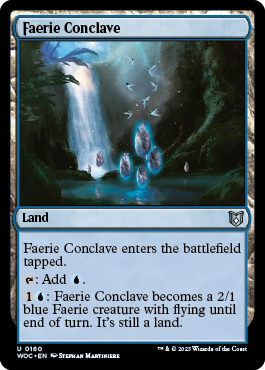


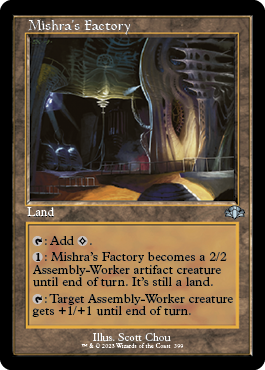








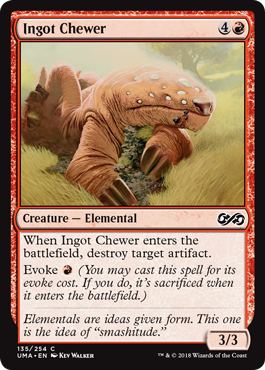



The big cards a Legacy Miracles or Standstill player would need to acquire in order to build the Classic Standstill deck would be Mana Drain, Library, Misstep, Strip Mine, and possibly some of the sideboard cards. Drain is a pillar of the Vintage format and would be necessary to build nearly every Control deck in the format. It currently goes for ~25 tickets each.
It’s unlikey that there are many MUD/Metalworker players that don’t play Workshop in Vintage/Classic, but if you are one of them, you are probably looking forward to playing with Workshop decks in Vintage. While the Lodestone Golem and Sphere of Resistance restrictions have hurt Workshop in Classic, the deck is still powerful as I finished 3-1 in a recent DE with a Stax deck. Here is what the two decks look like:
Creatures (19) Other Spells (17) Lands (24) | Sideboard (15) |
| |


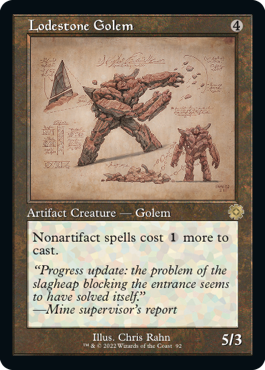
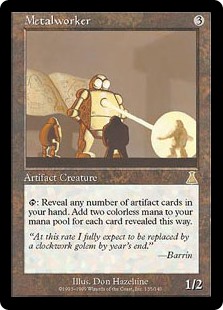
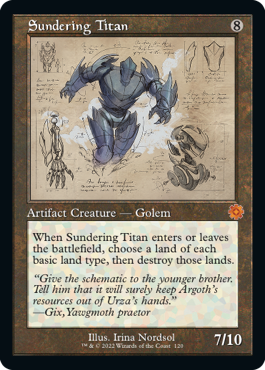
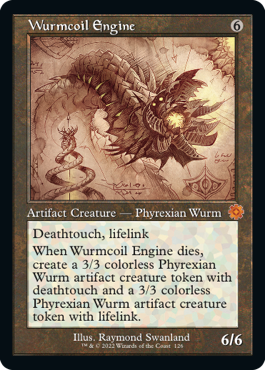
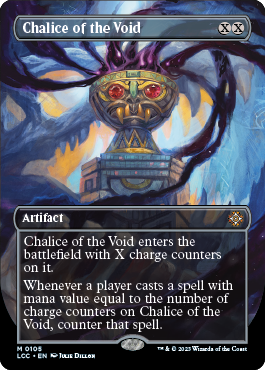
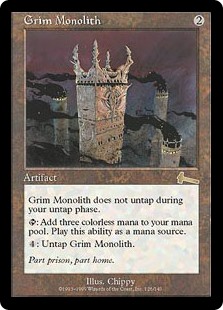
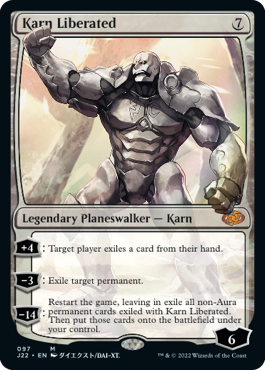


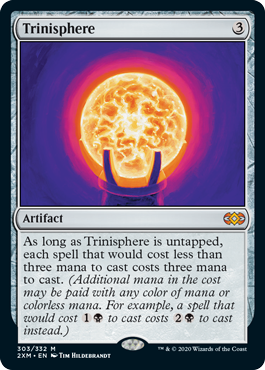



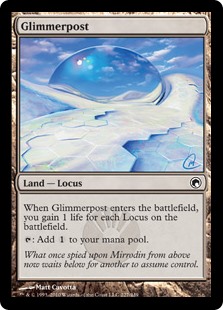
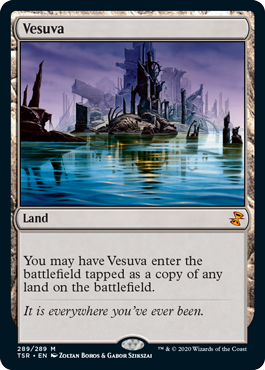


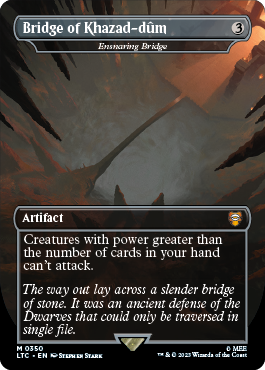
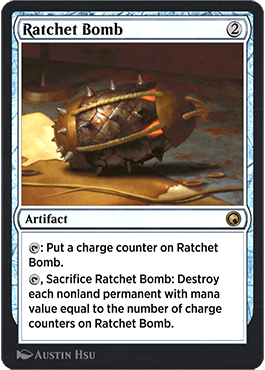
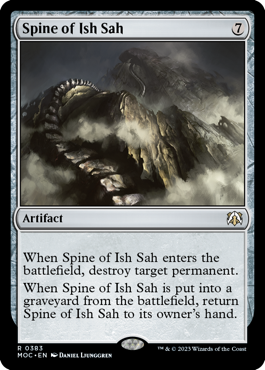
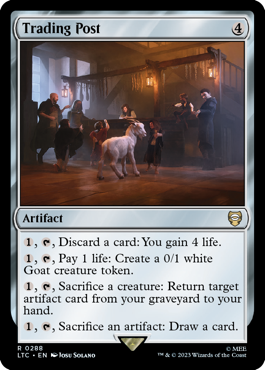
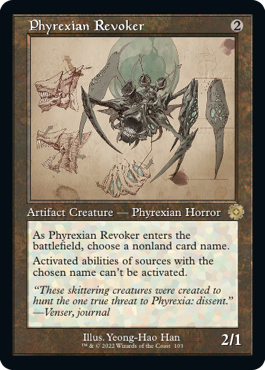

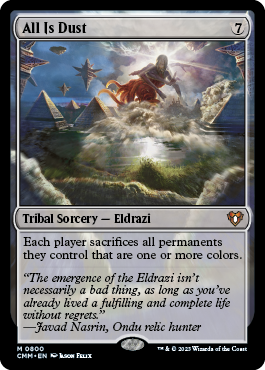
Creatures (8) Other Spells (30) | Lands (22) Sideboard (15) |
| |
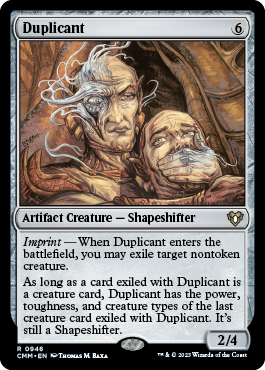
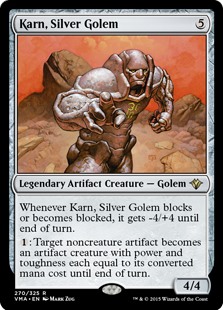

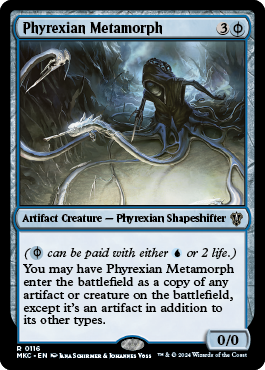
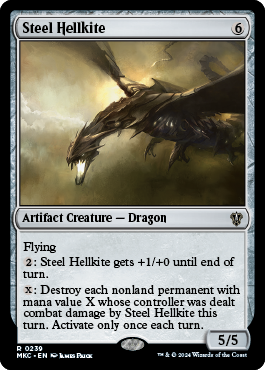






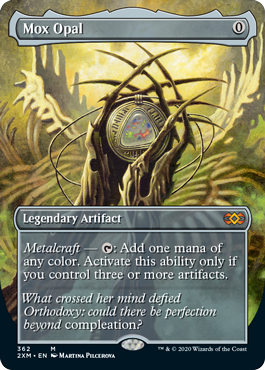
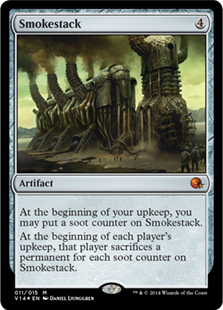



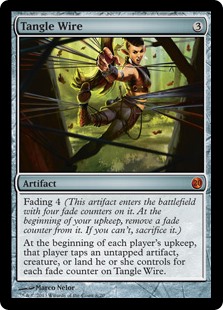


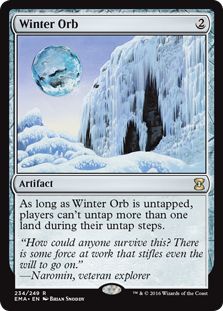




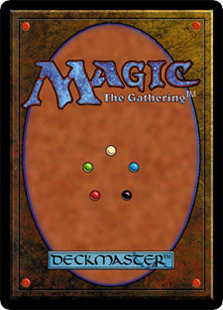









Clearly, there are several necessary upgrades, most importantly, is the ubiquitous Mishra’s Workshop. The play set of shops will set you back a hefty 112 tickets. Academy runs about 10-11 tickets while the other artifact mana accelerants will cost about 42-45 tickets. While it’s a lot of money, these are all-important cards to acquire for Vintage decks and can be used not only in Workshop, but many other decks in Vintage as well (Workshop aside).
Affinity is largely a budget deck in Legacy and has not had much success at the higher tournament levels of late. However, Classic has a steroids-juiced version of Affinity that might be attractive to some players, even if Affinity is not your cup of tea in Legacy. The biggest cost upgrades will come from many of the same cards in the Stax deck listed above. Here is a recent Classic Affinity list (I think most everyone knows what Legacy Affinity looks like):
Creatures (22) Other Spells (21) | Lands (17) Sideboard (15) |
| |
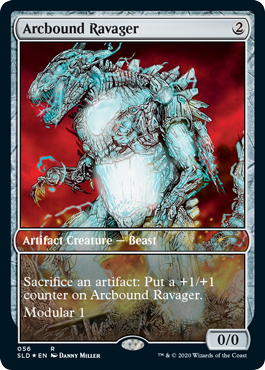
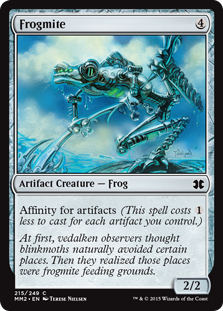

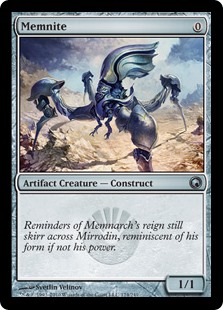







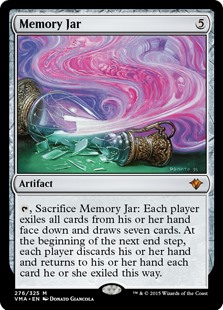

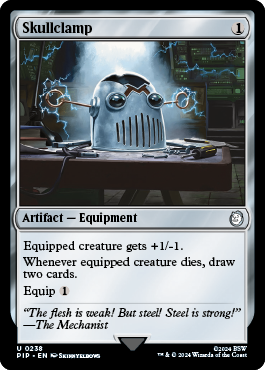






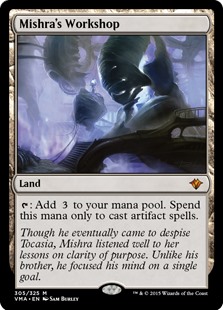



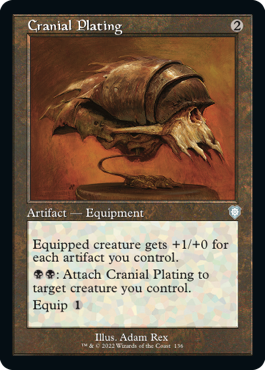




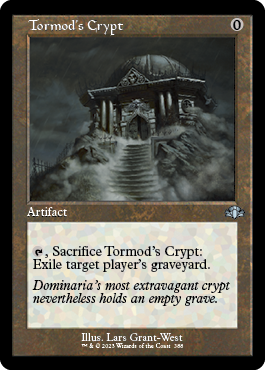
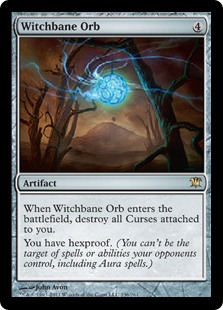
The last Legacy deck conversion that I’d like to discuss today is Dredge. Dredge has not been a huge player in the Legacy metagame, though it rears its head on occasion. Classic, on the other hand, has basically a full Vintage-legal version of Dredge at its disposal. Here is a look at the differences between the decks:
Creatures (21) Other Spells (27) | Lands (12) Sideboard (15) |
| |

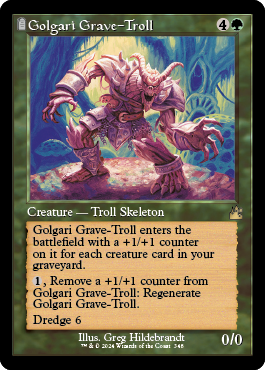
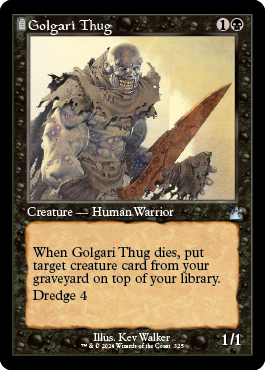

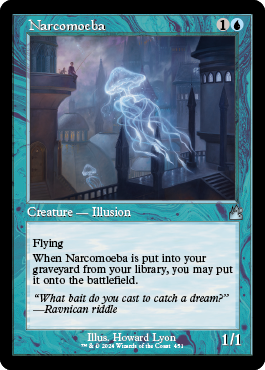
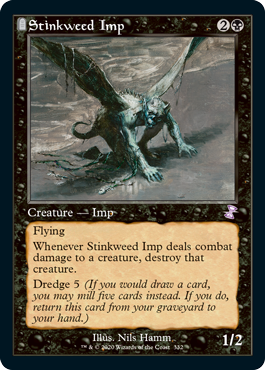


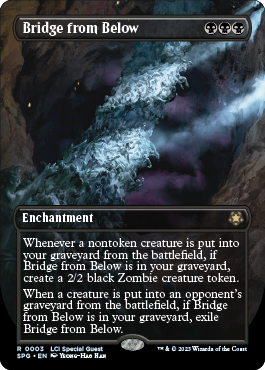
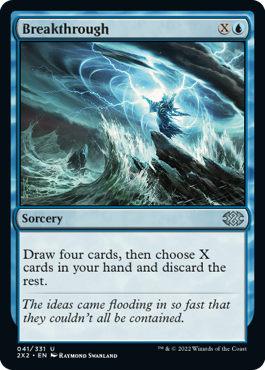



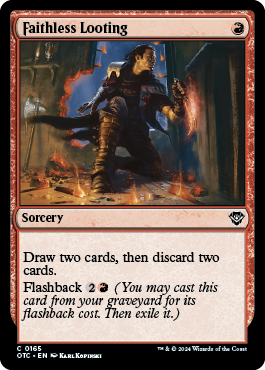

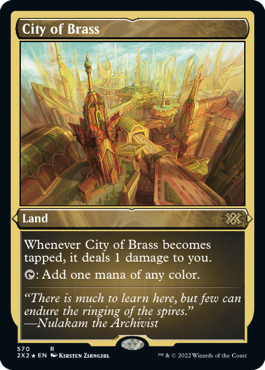
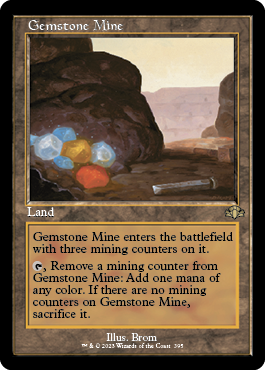







Creatures (27) Other Spells (20) | Lands (13) Sideboard (15) |
| |
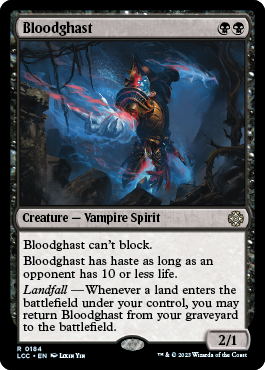









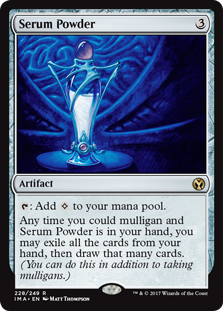


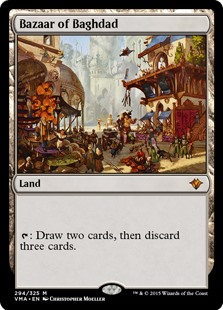
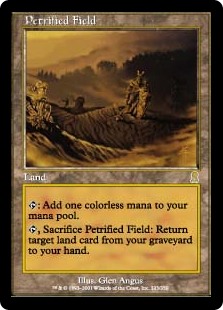
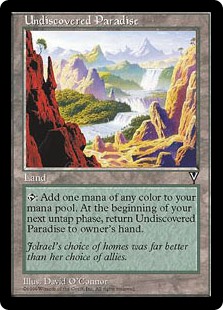
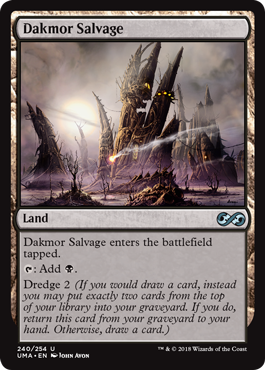


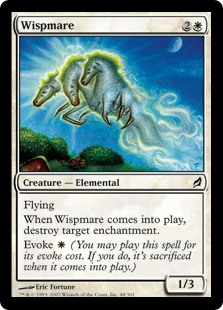


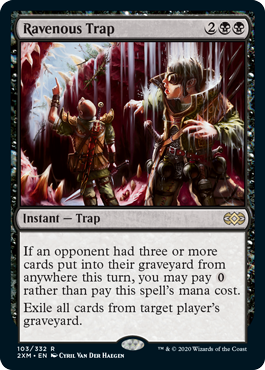
Realistically speaking, the only cards someone would need would be a play set of Bazaars to play Classic Dredge. Bazaar currently costs about 54 tickets for a play set. With those cards, you would already have a Vintage-legal and -playable deck.
Wrap-Up
Not everyone will be interested in playing Classic for a couple months, but for those of you on the fence, I hope this guide serves you well. The weekly Classic DE (yes, there is only one right now) is on Saturday evening at 9:30pm EST. You can also put your newly minted Classic deck to the test in my upcoming QT which starts on April 7th; just make sure you register on gatherling.com before 11:59 PM EST on Saturday April 5th.
I look forward to everyone’s thoughts on this primer, and if anyone has any suggestions for either the upcoming Legacy-to-Vintage or the Nothing-to-Vintage primers.
enderfall
Clan Magic Eternal
Follow me on Twitter @enderfall



